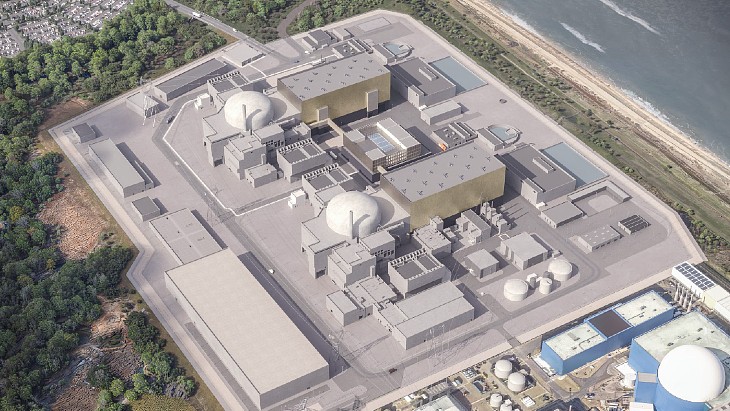“Conventionally, pond clean-out is done using remotely operated equipment to lift the whole radioactive skips and other pond furniture clear of the water, exposing them to the air, where they are carefully cut and decontaminated. This process is slow with potential radiation dose risks for workers,” Magnox Sites said.
“Using this innovative underwater decommissioning technique, radiation levels for workers were around 20 times less than with conventional techniques of decommissioning the waste items in air,” it added.
The diving technique also has a lower environmental impact, is quicker and more efficient and therefore cheaper.
The next phase of work is to take the waste out of the ponds where it will be treated and safely packaged. The ponds are set to be completely emptied and drained by the end of 2019.
The team of 12 nuclear divers was supplied by Underwater Construction UK Ltd. They tackled their first UK ‘nuclear dive’ at the Dungeness A Site in 2016 and arrived on site at Sizewell A in October last year.
Sizewell A's two 210 MWe Magnox gas-cooled reactors operated from 1966 until 2006. Defuelling began in 2009, with fuel removed from the reactors placed in the site's used fuel storage ponds before being packaged in transport containers for shipment to the Sellafield complex for reprocessing. The final flask of fuel was shipped to Sellafield in August 2014. Sizewell A was declared completely fuel free in February 2015.

.jpg)



_55530.jpg)
_42372.jpg)
_37521_70699.jpg)

_76087_55556.jpg)




